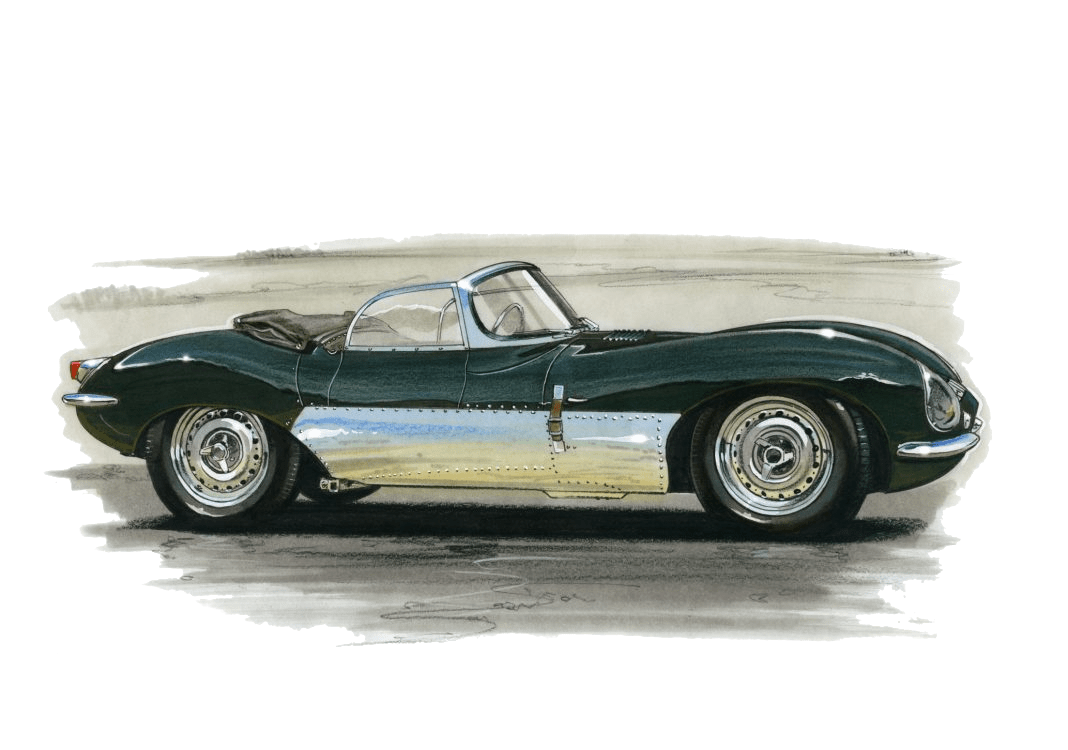
The automotive industry is marked by constant evolution and innovation, which is embodied in the production trajectory of distinctive models such as the Jaguar XK SS. As an iconic sports car manufactured by Jaguar Cars Ltd., the XK SS has garnered international attention and appreciation due to its distinctive design elements and powerful performance abilities. Yet, throughout its production period, did the Jaguar XK SS undergo any significant changes or revisions? This article seeks to explore this question in detail.
The Jaguar XK SS model was produced for a relatively short period between 1956 and 1958, making it one of the most coveted classic sports cars today. It derived from the equally legendary Jaguar D-Type, which had several substantial victories at Le Mans. However, when Jaguar withdrew from racing competitions, it decided to convert the unsold D-Types into road-going versions, giving birth to the XK SS.
Built almost entirely by hand, the Jaguar XK SS represented an amalgamation of luxury, style, and performance. The initial production of the XK SS involved the addition of several road-friendly features to the existing D-Type design, including the provision for a passenger seat, the replacement of the large fin behind the driver’s seat with a full-width windshield, the integration of a folding top, and slight changes to the cooling and exhaust system.
Significantly, sixteen Jaguar XK SS models were produced before a disastrous fire broke out at the Brown’s Lane factory in Coventry, harming Jaguar’s production capacities considerably and leading to the production of this outstanding model ended abruptly. Originally, Jaguar had plans to manufacture a total of 25 XK SS models. However, due to the unfortunate fire incident, only 16 were completed with their designated nomenclature, and a few were later finalized from the remaining parts salvaged.
Given the short production run and the tragic mishap that cut it short, there wasn’t a broader time frame or space for significant revisions or changes during the Jaguar XK SS production. The changes and revisions that did occur were primarily geared towards making the vehicle road-friendly in contrast to its racing predecessor, the Jaguar D-Type.
Though the XK SS didn’t have a progressive range of modifications during its production, the model, however, experienced significant alterations and improvements years later. In 2016, Jaguar announced to complete the nine units of XK SS that were left unfinished due to the 1957 fire incident. These models, called the “continuation” units, were meticulously built to reflect the original 1957 specifications, equipped with period-accurate detailing, albeit complying with today’s safety standards. Though these nine “reborn” models can’t be considered as original vintage units, they testify Jaguar’s commendable commitment to its historic legacy.
In conclusion, while there were not extensive, significant changes to the Jaguar XK SS during its initial production run, its transformation from a D-Type racer to a road car was, arguably, a significant revision under its umbrella. The XK SS, despite its brief production period, remains one of the automobile’s industry’s illustrious creations—a timeless symbol of Jaguar’s prowess in fusing performance and panache.